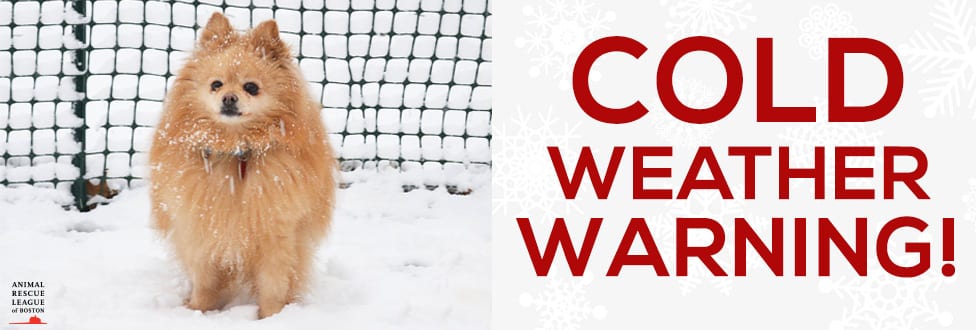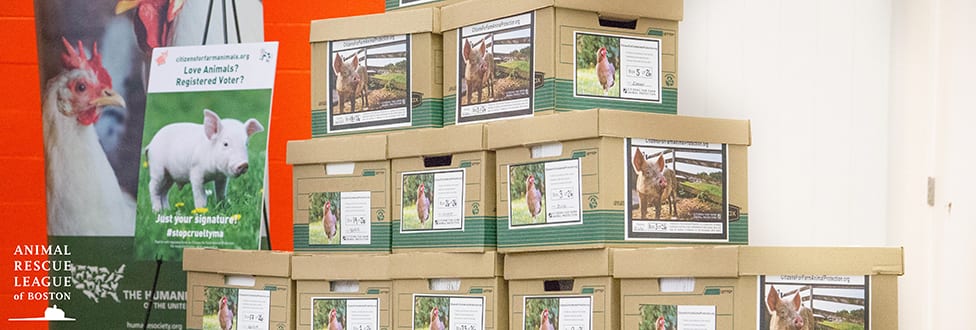Happening Now: ARL Hosts Free Spay-Neuter-A-Thon
ARL spays/neuters 52 Cape Cod animals in need on World Spay Day
Early this morning, ARL’s Spay Waggin’ pulled into Falmouth, MA to host it’s very first Free Hip to Snip Free Spay-Neuter-A-Thon on the 22nd annual World Spay Day.
The last Tuesday of every February, National World Spay Day shines a spotlight on the power of affordable, accessible spay/neuter to prevent pet overpopulation.
Thanks to a generous grant from Cold Noses Foundation, the ARL’s Spay Waggin’ is providing free spay and neuter services to animals in need on Cape Cod. The mobile surgical unit will be stationed outside of the Petco in Falmouth today and tomorrow.

DID YOU KNOW… that the ARL’s Spay Waggin’ provides high-quality, affordable spay and neuter services to cats and dogs on Cape Cod and the South Shore? Dr. Kyle Quigley, lead veterinarian at the ARL, spayed and neutered over 260 animals on the Cape in 2015!
During the event, Dr. Kyle Quigley, lead veterinarian for community veterinary services at the ARL, will welcome a total of 52 cat and dog patients aboard the Spay Waggin’.
“Spaying or neutering your cat or dog offers very important health benefits, yet finding affordable options can pose a challenge for many pet owners on Cape Cod,” says Dr. Quigley.
He explains that one of the ARL’s goals for the Hip to Snip Free Spay-Neuter-A-Thon is to help Cape Cod residents looking for an affordable option to learn more about the exceptional care pets receive on the Spay Waggin’.
In 2016, the Spay Waggin’ will visit Cape Cod on the third Tuesday of every month. Visits will rotate between Petco in Falmouth and The International Fund for Animal Welfare (IFAW) in Yarmouth. To view the schedule, visit arlboston.org/spay-waggin.
ONLY YOU CAN MAKE THIS WORK POSSIBLE!
The Ellen B. Gray Memorial Fund has challenged us to turn a generous $5,000 donation into $20,000 before the end of February to bring spay and neuter services to more animals in need!
All funds donated during the It’s Hip to Snip Fund Drive now through February 29 will benefit the ARL’s community spay and neuter programs including the Spay Waggin’.
The ARL receives no government or public funding to provide spay and neuter services to animals in need — ONLY YOU can make this important work possible!
VERY SPECIAL THANKS to our challenge donor, The Ellen B. Gray Memorial Fund; Da Vinci Ristorante; our media sponsors and partners Friends of Jake and Liam, WBZ, WEEI, WRKO, WZLX, 98.5 The Sports Hub, and WBOS; and everyone who made a donation to support ARL’s spay and neuter programs during the It’s Hip to Snip Fund Drive!
For more spay and neuter resources, visit arlboston.org/spay-neuter.



















